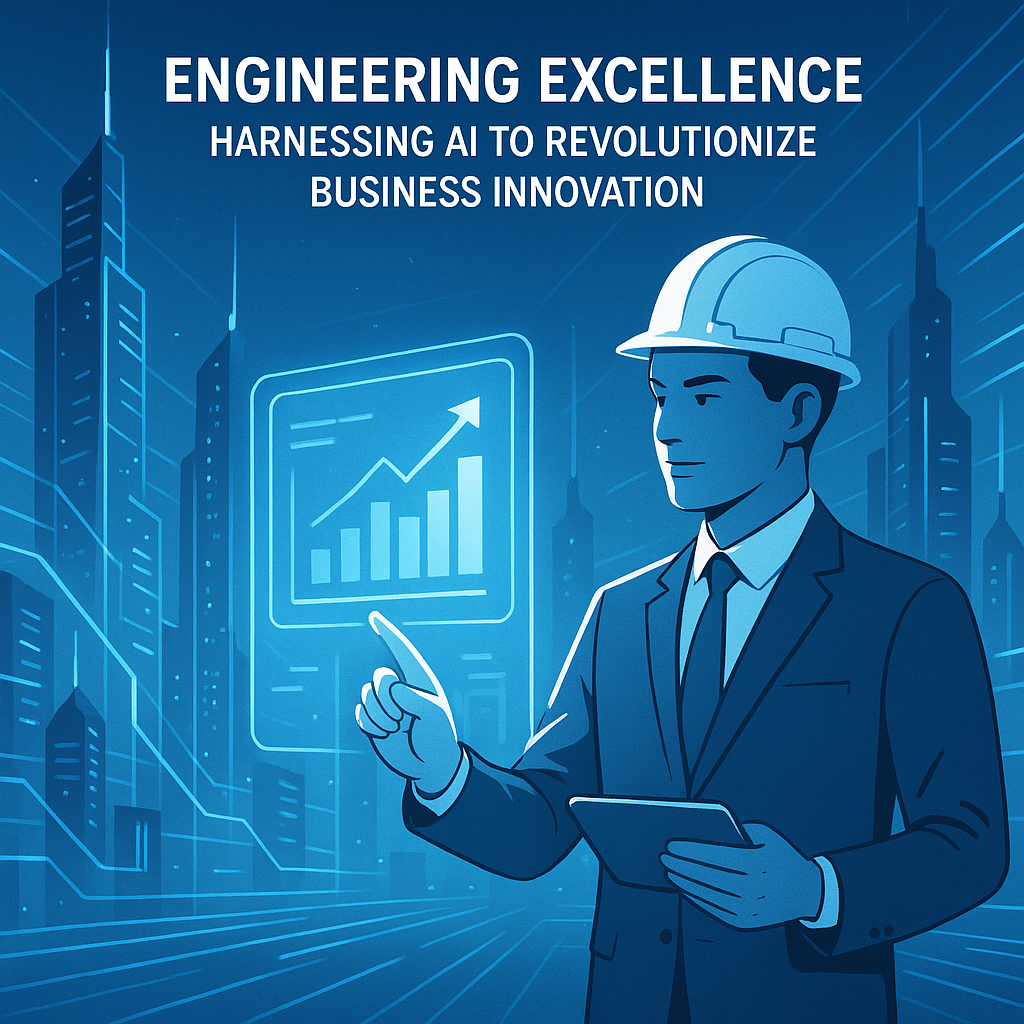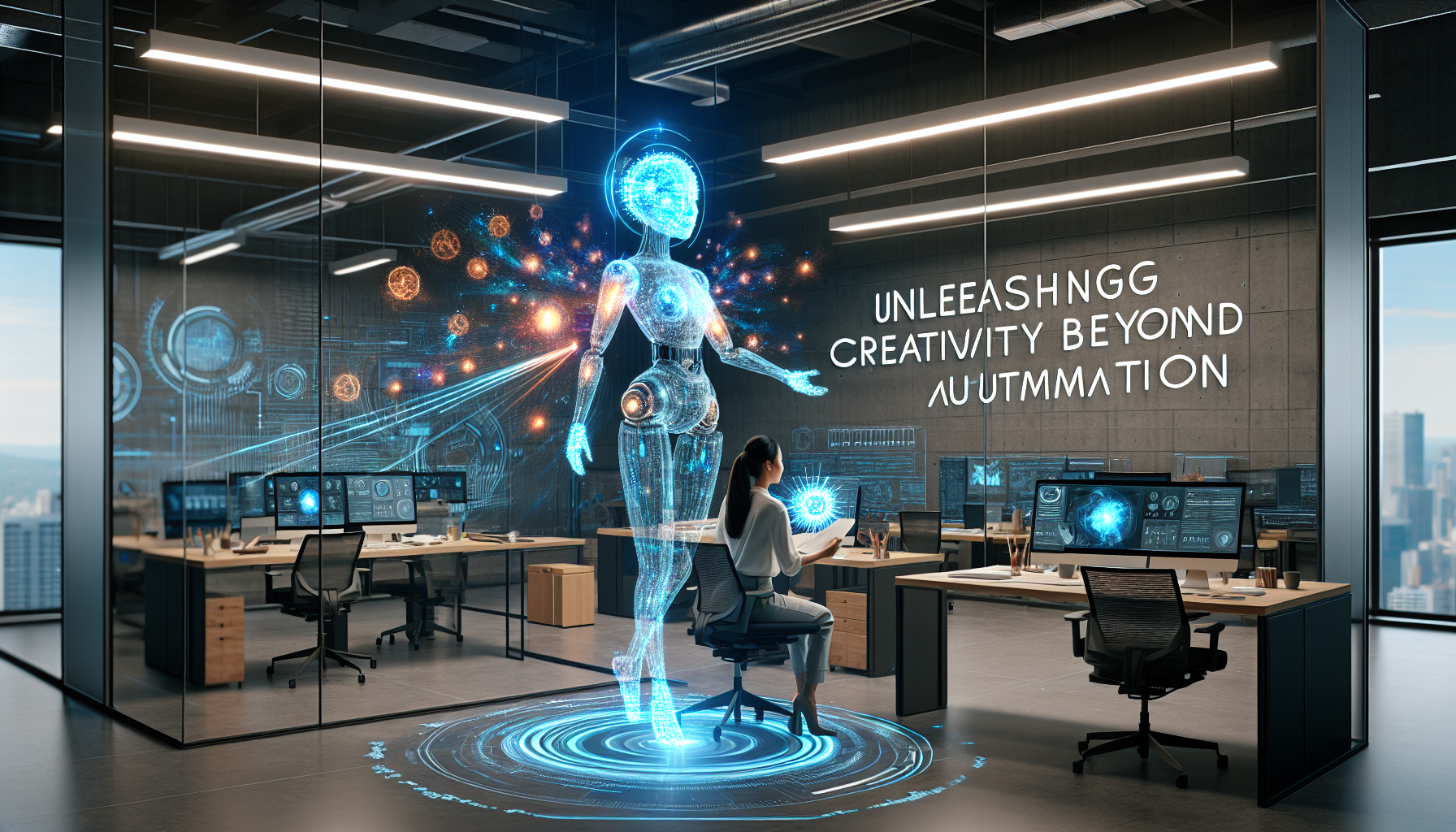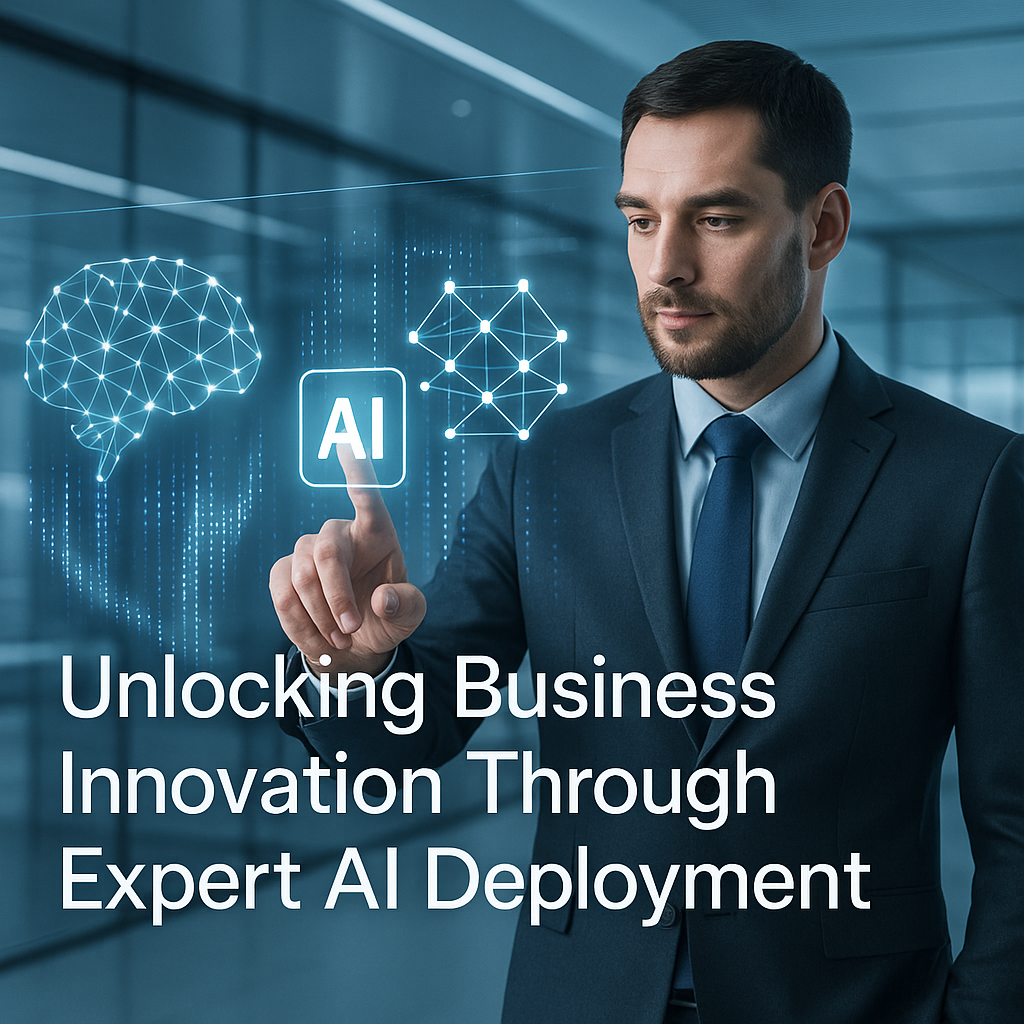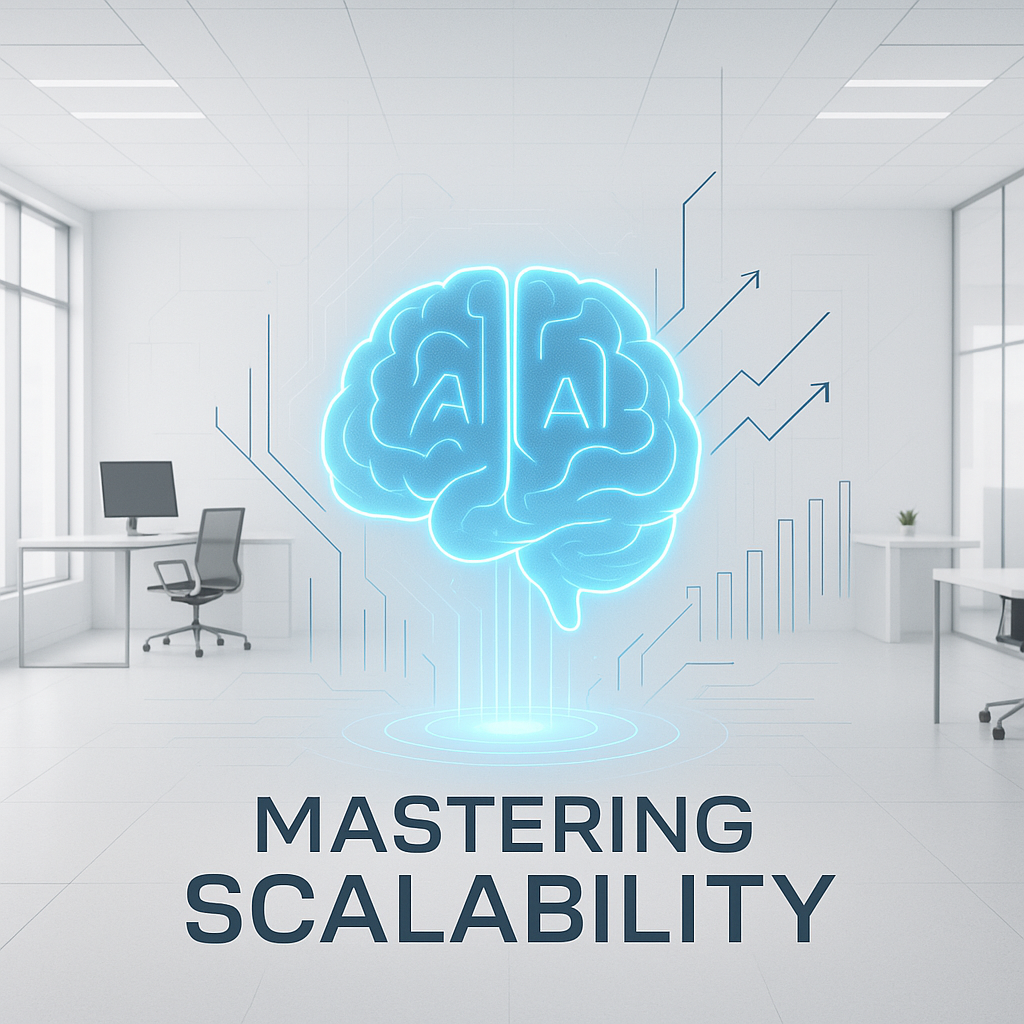Engineering the Future: Unlocking AI Deployment Success in Business Innovation
The Synergy of Engineering and AI in Business Transformation
Artificial intelligence (AI) stands at the forefront of technology innovation, powering a new era of business innovation that reshapes industries and redefines competitive advantage. However, the true potential of AI solutions emerges only when sophisticated engineering principles meet thoughtful systems design and software development frameworks. With AI implementation becoming increasingly central to the future of computing, engineering acts as the linchpin that transforms abstract machine learning models into robust, scalable, and user-centric applications.
Unlike isolated algorithmic breakthroughs, successful AI deployment demands an intricate blend of engineering disciplines—ranging from systems architecture and programming to robotics integration and operational maintenance. This multidisciplinary approach addresses real-world challenges business face, ensuring AI solutions are resilient, adaptable, and capable of improving key outcomes in marketing, production, and customer engagement.
Engineering Principles Driving AI Implementation Success
When integrating AI into business environments, the engineering approach must prioritize end-to-end systems design that supports continuous learning, interpretability, and security. Critical aspects include:
– **Scalable Architecture:** AI workloads, especially those relying on deep learning or extensive data processing, require cloud-ready, distributed architectures. Software development engineers must optimize data pipelines and model serving infrastructure to handle dynamic loads without latency, enabling seamless AI-powered services.
– **Robust Data Engineering:** High-quality, well-curated data is the cornerstone of artificial intelligence success. Engineers design ETL (extract, transform, load) workflows and data validation mechanisms that uphold data integrity, empowering machine learning models to generate accurate, trustworthy predictions.
– **Modular Programming Paradigms:** Agile and modular software development enables iterative improvements to AI models and supporting applications. This flexibility allows businesses to adapt AI capabilities quickly as market conditions evolve, fueling innovation cycles that outpace competitors.
– **Security and Compliance Engineering:** With AI solutions increasingly interfacing with sensitive customer and operational data, engineering must embed data privacy and compliance safeguards from the outset, mitigating risks while building user trust.
Overcoming Technical Roadblocks: Engineering Solutions for AI Challenges
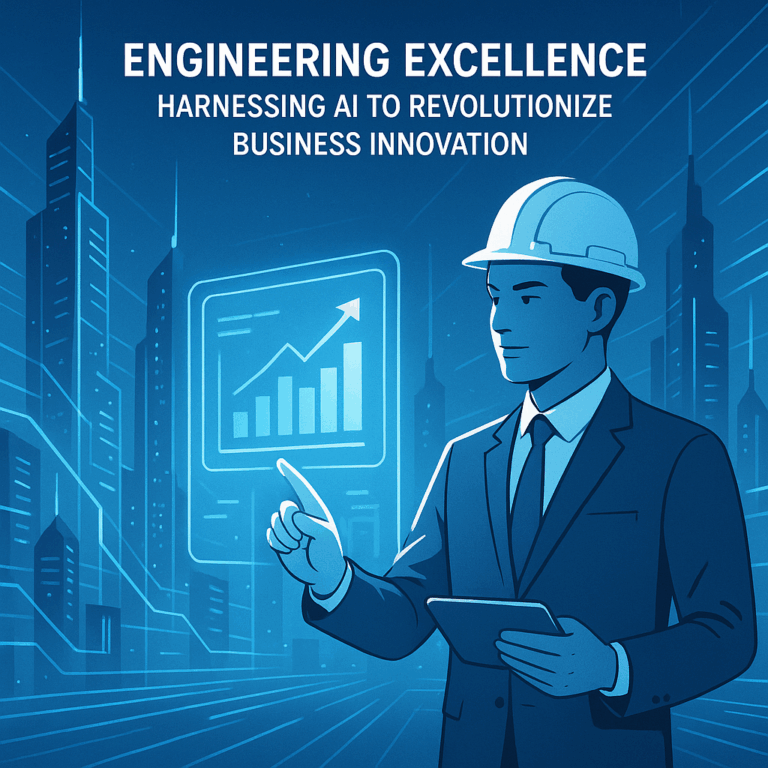
AI implementation often encounters multiple technical hurdles that engineering teams must address to realize business impact:
– **Model Explainability and Transparency:** Black-box AI models pose challenges to trust and regulatory compliance. Engineers are advancing interpretable machine learning techniques and visualization tools that demystify AI decision-making, critical for stakeholder buy-in and ethical deployment.
– **Legacy Systems Integration:** Many businesses rely on entrenched IT infrastructure. Engineering innovative middleware and API-driven frameworks enable AI functionalities to weave seamlessly into existing platforms, safeguarding prior investments while injecting modern intelligence.
– **Real-Time Intelligence Delivery:** AI-powered marketing and operational systems demand rapid inference capabilities. Engineers optimize programming and resource allocation to meet stringent latency requirements, ensuring real-time data-driven decision-making.
– **Cross-Disciplinary Collaboration:** The complexity of AI solution deployment necessitates cohesive teamwork among data scientists, engineers, and domain experts. Engineering leaders foster collaborative environments supported by DevOps practices, continuous integration, and reproducible workflows.
Harnessing Robotics and AI: A Frontier for Engineering Creativity
At the intersection of robotics and artificial intelligence lies an exciting frontier for engineering innovation. Robotics systems empowered by AI extend automation’s reach from repetitive tasks to complex, adaptive problem-solving scenarios. For instance, AI-driven perception enables robots to interpret unstructured environments via computer vision and sensor fusion, enhancing their utility in manufacturing, logistics, and even healthcare.
The engineering challenges here involve real-time programming of embedded systems, robust hardware-software co-design, and fail-safe mechanisms to ensure safety in dynamic environments. Integrating AI with robotics amplifies business innovation potential by unlocking new capabilities in precision, efficiency, and autonomy.
Recommendations for Engineering-Led AI Deployment
Businesses aspiring to leverage AI’s transformative power must embrace an engineering-led approach focusing on practical, scalable, and user-oriented solutions:
1. **Invest in Engineering Talent:** Cultivate teams with expertise spanning programming, systems design, and machine learning. Cross-functional engineers accelerate AI implementation by bridging theoretical AI advancements with concrete software solutions.
2. **Adopt Agile Development Models:** Utilize iterative design and continuous feedback loops to align AI functionalities with evolving business needs, enhancing responsiveness and minimizing deployment risks.
3. **Prioritize Data Engineering:** Establish robust data management practices early to ensure consistent AI model performance and downstream business value.
4. **Implement Modular Architectures:** Design AI systems as interoperable modules that can be independently updated, facilitating future-proofing against rapid technology shifts.
5. **Embed Explainability and Ethics:** Engineer AI models with transparency and fairness considerations to build trust and meet regulatory standards.
6. **Leverage Robotics Synergies:** Explore opportunities where robotics enhanced by AI can deliver operational excellence and differentiate business offerings.
Empowering Business Through Engineering-Driven AI
AI is not merely an algorithmic innovation; it demands a convergence of engineering mastery and technological vision to unlock its profound business impact. By expertly combining systems design, software development, programming rigor, and robotics integration, engineering transforms AI from concept to strategic asset.
This engineering-centered methodology fuels sustainable business innovation, offering organizations the agility and insight necessary to thrive amid technological disruptions. Embracing engineering’s pivotal role in AI deployment equips businesses to harness AI-driven possibilities fully, shaping the future of computing and redefining the landscape of technology in business.
